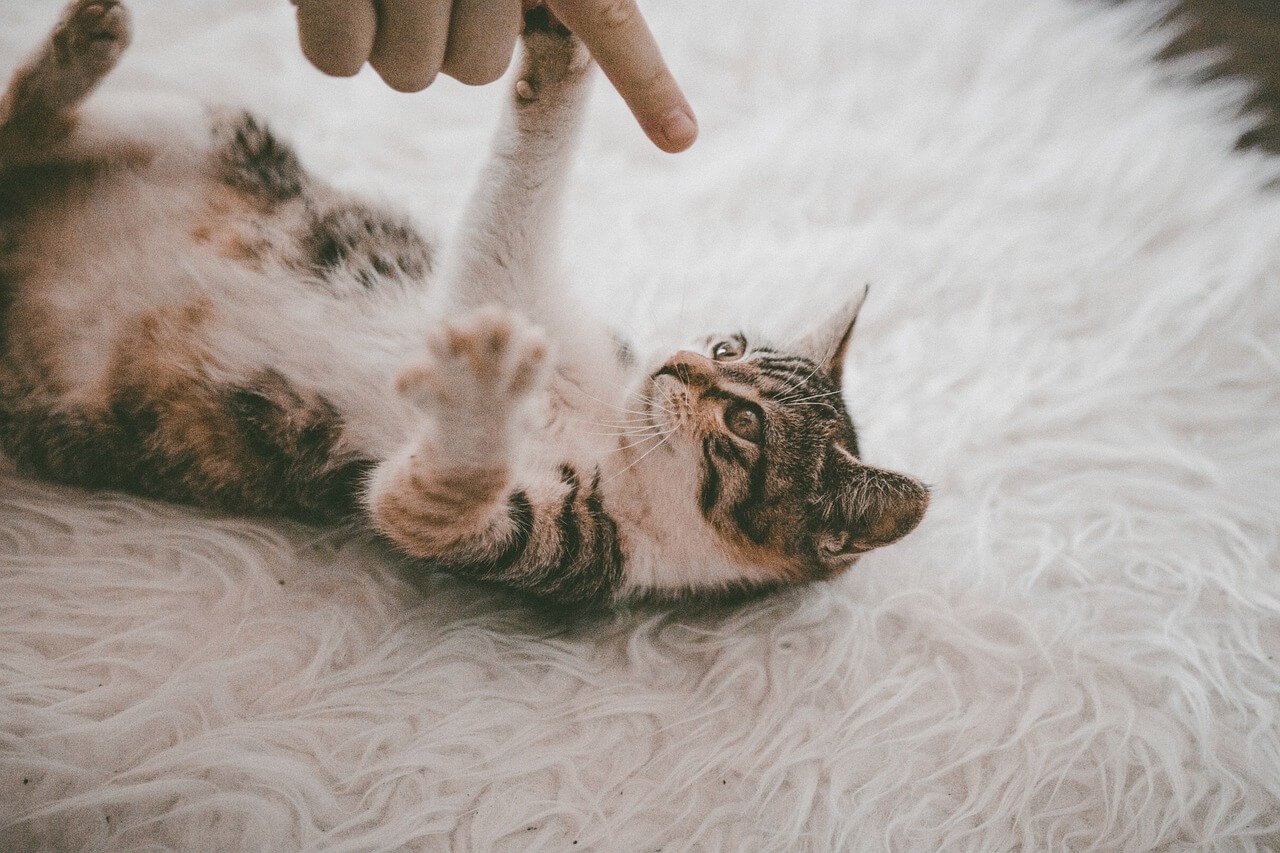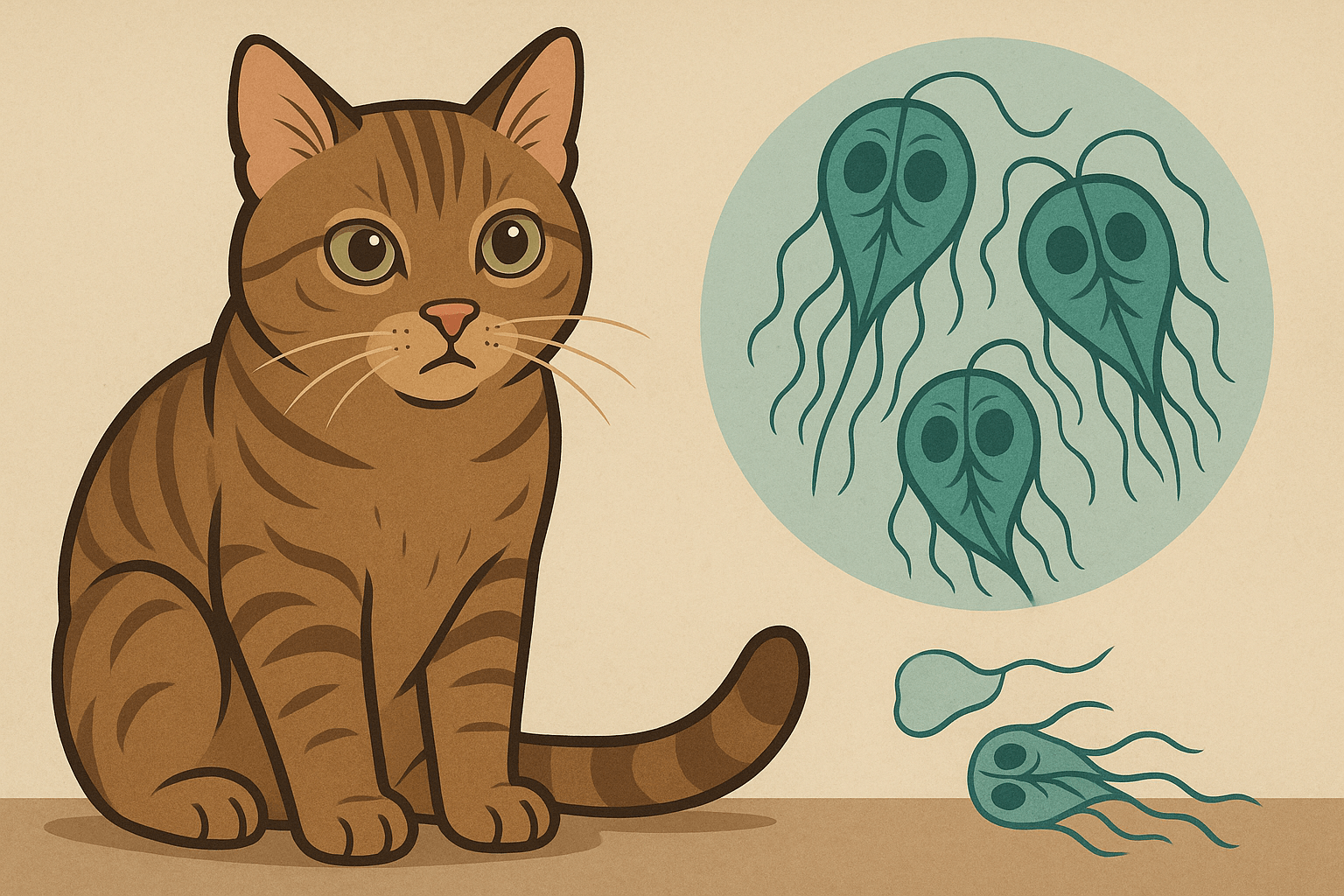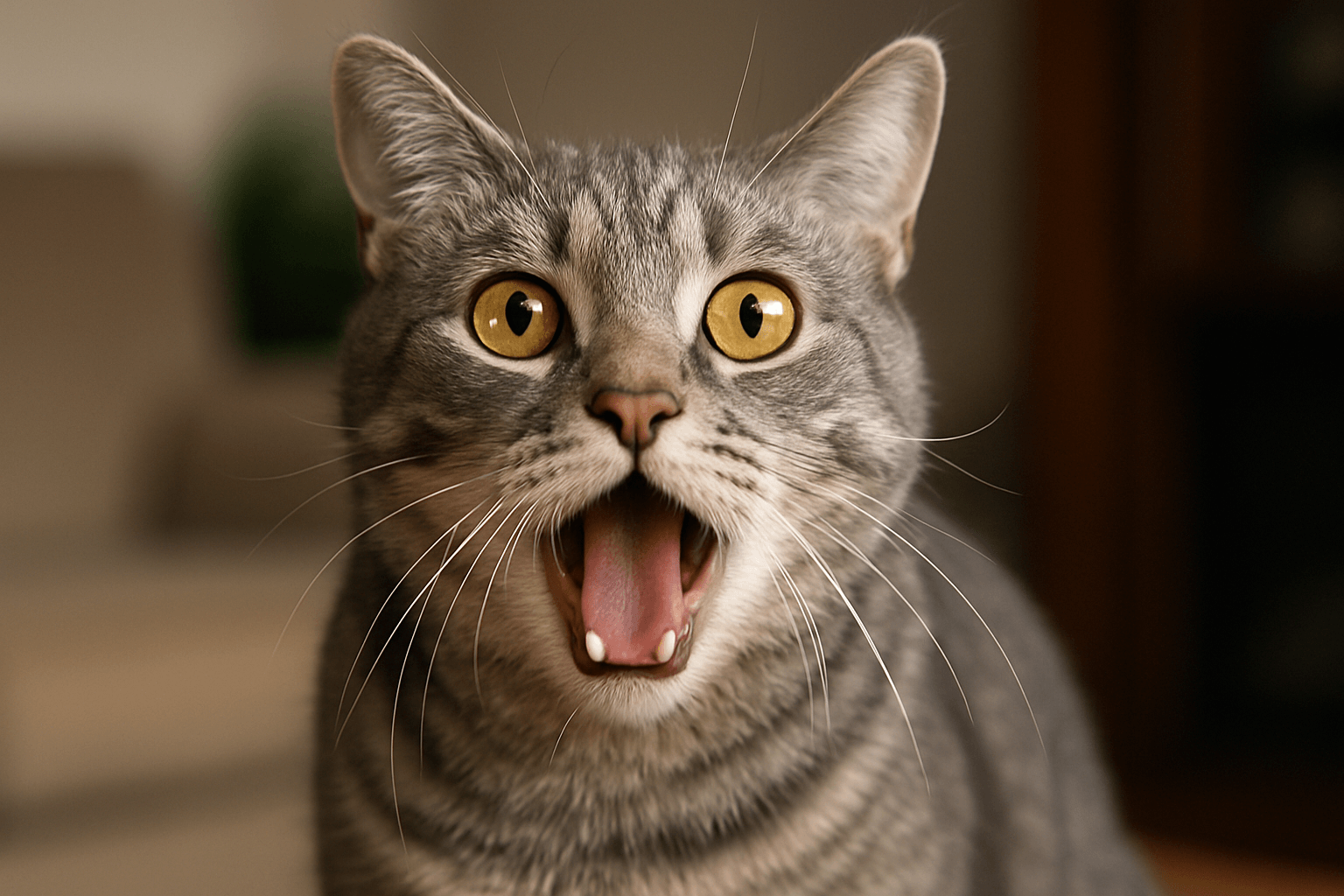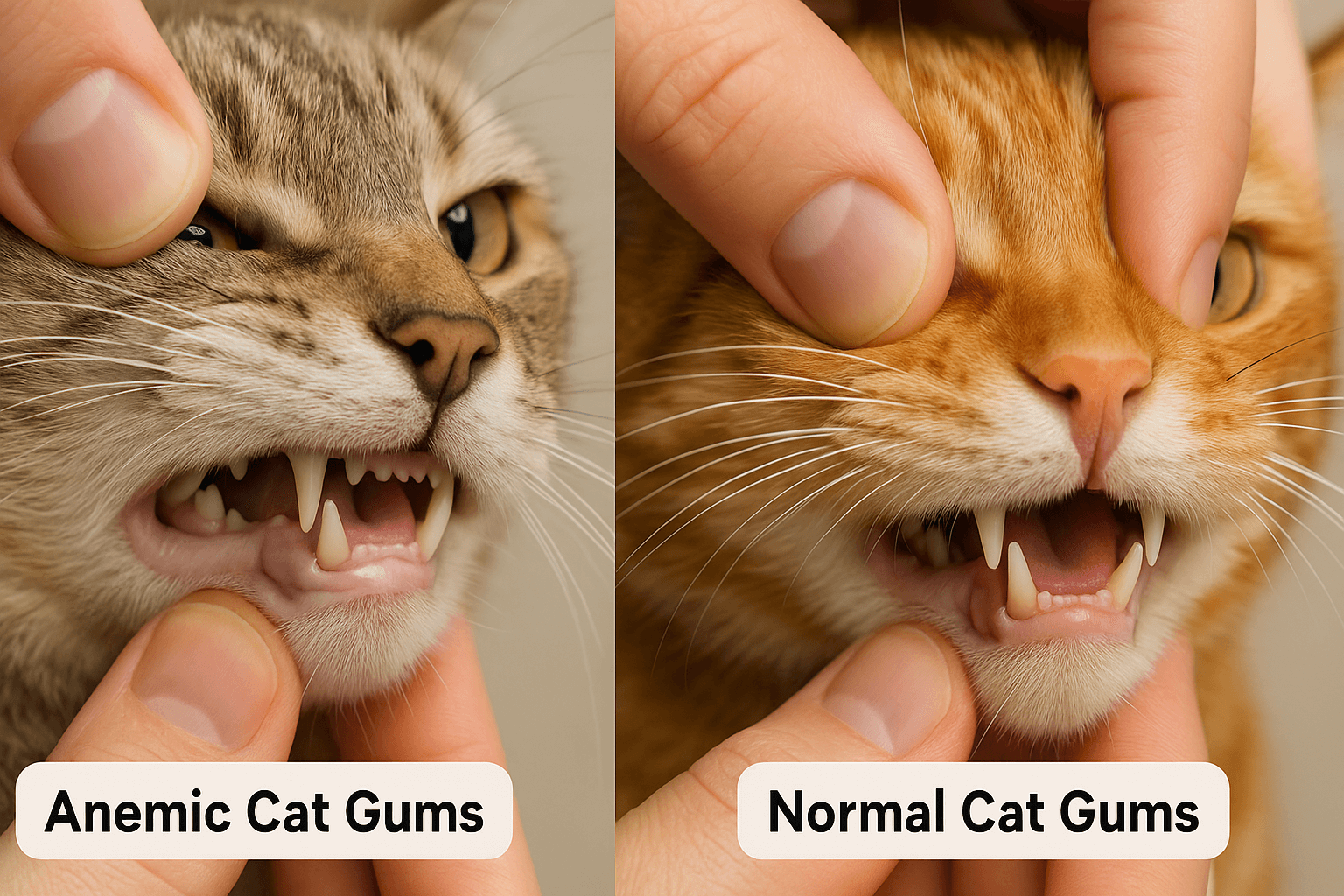Cat Chirping While Purring: Decoding Your Feline’s Unique Sounds
Cats are masters of communication, using a variety of vocalizations to express their emotions and needs. One particularly intriguing behavior is when a cat chirps while purring—a combination that can leave pet owners wondering what it means. Is your cat happy, excited, or trying to tell you something specific? Understanding this unique blend of sounds can deepen the bond between you and your feline companion. In this blog post, we’ll explore the reasons behind cat chirping while purring, what these sounds signify, and how you can respond to them. Let’s dive into the fascinating world of feline vocalizations and uncover the secrets behind this adorable phenomenon.
Why Do Cats Chirp While Purring?
Chirping and purring are two distinct vocalizations that cats use for different purposes. When combined, they create a unique sound that can convey a range of emotions. Here are some reasons why your cat might chirp while purring:
Excitement or Anticipation
Cats often chirp when they’re excited, such as when they see their favorite toy or anticipate mealtime. Purring adds a layer of contentment to their excitement.Affection and Bonding
Chirping while purring can be a way for your cat to express love and affection toward you or other pets in the household.Curiosity About Their Environment
When exploring something new or interesting, cats may chirp to vocalize their curiosity while purring to self-soothe.Hunting Instincts
Chirping is often associated with hunting behaviors, and purring might accompany it if your cat feels relaxed yet focused on prey-like objects.Seeking Attention
If your cat wants your attention, they might combine chirping and purring to get your focus in a gentle, non-aggressive way.
These reasons highlight the complexity of feline communication. By paying attention to context, you can better understand what your cat is trying to tell you through their unique sounds.
How to Interpret Your Cat’s Chirping and Purring
Deciphering your cat’s vocalizations can help you respond appropriately to their needs. Here’s how to interpret the combination of chirping and purring based on different scenarios:
Mealtime Excitement
If your cat chirps and purrs near their food bowl, they’re likely expressing anticipation for their meal.Playful Energy
Chirping while purring during playtime indicates enthusiasm and enjoyment of the activity.Comfort and Relaxation
When lounging with you, chirping and purring together suggest feelings of safety and happiness.Observing Birds or Wildlife
If your cat chirps while watching birds outside, the purring might reflect their calm yet focused state.Request for Interaction
If your cat approaches you and chirps while purring, they may want cuddles, playtime, or simply your company.
Understanding these cues allows you to strengthen your bond with your cat and meet their emotional needs more effectively. Always observe their body language alongside their sounds for a clearer picture.
Check this guide 👉Why Do Cats Meow? Best 7 Behavior Tips!
Check this guide 👉Why Does My Cat Get Mad When I Leave? Best 7 Behavior Tips!
Check this guide 👉Why Does My Cat Cuddle With Me? Best 7 Behavior Tips!
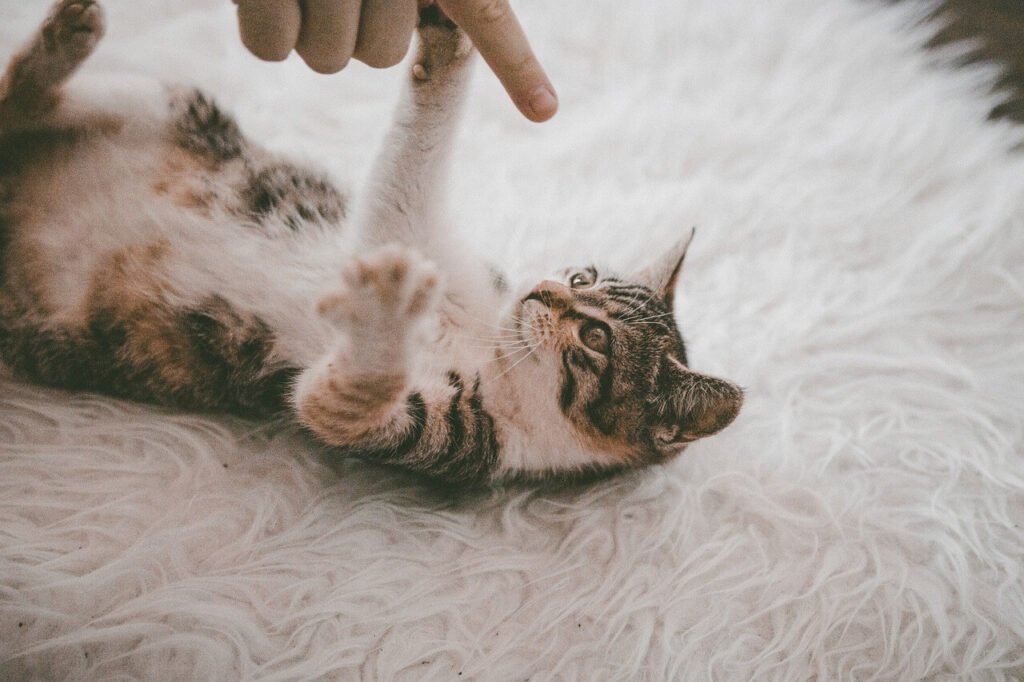
Reasons for Chirping While Purring | How to Respond |
|---|---|
Excitement about food | Feed them promptly or offer treats |
Playful energy | Engage in interactive play with toys |
Seeking affection | Pet them gently or spend quality time |
Observing wildlife | Provide window perches for better views |
General comfort | Ensure they have a cozy, stress-free space |
Tips for Encouraging Positive Chirping and Purring Behavior
Encouraging positive interactions with your cat can enhance their chirping and purring moments. Here are some tips to foster these delightful vocalizations:
Engage in Interactive Play
Use wand toys or laser pointers to stimulate their hunting instincts and elicit excited chirps.Offer Treats or Snacks
Rewarding your cat with treats during chirping moments reinforces positive associations.Create a Stimulating Environment
Provide bird feeders outside windows or puzzle toys indoors to spark curiosity and chirping.Spend Quality Time Together
Regular cuddle sessions or grooming can encourage purring and strengthen your bond.Respond to Their Vocalizations
Acknowledge their chirps and purrs with gentle words or actions to show you’re listening.
By incorporating these practices, you can create an environment where your cat feels comfortable expressing themselves through chirping and purring. These small efforts go a long way in nurturing your relationship.
Signs That Chirping and Purring May Indicate Stress
While chirping and purring are usually positive signs, there are instances where they might indicate stress or discomfort. Here’s what to watch for:
Excessive Vocalization
If your cat chirps and purrs constantly without an obvious reason, it could signal anxiety or distress.Changes in Body Language
Tensed muscles, flattened ears, or a puffed-up tail accompanying chirping and purring may indicate unease.Avoidance Behaviors
If your cat retreats after chirping and purring, they might be seeking space due to stress.Health Issues
Pain or illness can sometimes cause unusual vocalizations, including chirping and purring combinations.Environmental Changes
Moving homes, introducing new pets, or loud noises can trigger stress-related chirping and purring.
If you notice any of these signs, take steps to address potential stressors or consult a veterinarian to rule out underlying health concerns. Early intervention ensures your cat remains happy and healthy.
Fun Facts About Cat Vocalizations
Cats are fascinating communicators, and their vocalizations reveal much about their personalities and instincts. Here are some fun facts about cat sounds, including chirping and purring:
Chirping Mimics Prey Sounds
Chirping is believed to mimic the sounds of small prey, which is why cats often use it during hunting or play.Purring Isn’t Always Happy
While purring is commonly associated with contentment, cats also purr when they’re anxious, in pain, or seeking comfort.Each Cat Has a Unique Voice
Just like humans, every cat has a distinct vocal tone and pattern that makes their chirps and purrs special.Mother Cats Use Chirps to Communicate
Mother cats frequently chirp to guide their kittens and get their attention without alarming them.Cats Save Chirps for Special Moments
Chirping is often reserved for exciting or engaging situations, making it a rare and delightful sound.
These fun facts highlight the complexity and charm of feline communication. Understanding these nuances can make your interactions with your cat even more rewarding.
Common Misconceptions About Cat Chirping and Purring
There are several misconceptions about why cats chirp and purr, which can lead to misunderstandings about their behavior. Here’s a look at some common myths and the truth behind them:
Myth: Cats Only Purr When They’re Happy
In reality, cats purr for various reasons, including self-soothing during stress or illness.Myth: Chirping Is a Sign of Aggression
Chirping is typically a positive or curious sound, not an aggressive one.Myth: All Cats Chirp and Purr Equally
Some cats rarely chirp or purr, depending on their personality, breed, or upbringing.Myth: Chirping Means Your Cat Wants Food
While chirping can indicate hunger, it’s also used during play, observation, or affectionate moments.Myth: Purring Always Indicates Good Health
Cats sometimes purr as a coping mechanism when they’re unwell or in pain.
By dispelling these myths, we can better appreciate the diversity of feline vocalizations and respond appropriately to our cats’ needs.
Ways to Strengthen Your Bond Through Chirping and Purring
Encouraging chirping and purring can deepen your connection with your cat and enhance their well-being. Here are some ways to strengthen your bond through these unique sounds:
Talk Back to Your Cat
Responding to their chirps and purrs with gentle words or coos shows you’re engaged in their communication.Provide Enrichment Activities
Interactive toys, climbing structures, and puzzle feeders stimulate curiosity and encourage chirping.Create a Safe Space
Offer cozy spots where your cat feels secure, promoting relaxation and purring.Observe Their Preferences
Pay attention to what triggers their chirping and purring, such as certain toys or activities, and incorporate those into daily routines.Celebrate Their Individuality
Embrace your cat’s unique vocal habits and let them express themselves freely without judgment.
By fostering an environment that encourages chirping and purring, you’ll not only strengthen your bond but also ensure your cat feels loved and understood. These small gestures can make a big difference in their happiness.
Frequently Asked Questions About Cat Chirping While Purring
Is it normal for cats to chirp while purring?
Yes, it’s completely normal and often indicates excitement, curiosity, or affection.
What does it mean when my cat chirps at birds and purrs?
This combination reflects their hunting instincts paired with a sense of calm focus.
Can stress cause cats to chirp and purr?
Yes, stress or discomfort can sometimes lead to unusual vocalizations, including chirping and purring.
Should I worry if my cat suddenly starts chirping and purring excessively?
If the behavior seems abnormal or is accompanied by other symptoms, consult a vet to rule out health issues.
How can I encourage my cat to chirp and purr more often?
Spend quality time playing, feeding, and bonding with your cat to create opportunities for these vocalizations.
Celebrating the Joy of Your Cat’s Unique Sounds
The combination of chirping and purring is one of the many ways cats communicate their emotions and connect with us. Whether expressing excitement, affection, or curiosity, these sounds remind us of the unique personalities our feline friends possess. By understanding the meaning behind their vocalizations and responding appropriately, we can deepen our bond and ensure their happiness. Remember, every chirp and purr is a testament to the trust and love your cat shares with you. So, cherish these moments, embrace their quirks, and continue celebrating the joy your cat brings into your life. After all, their unique sounds are just one of the many reasons we adore them!
Giardia in Cats: Best 7 Expert Tips! Discover expert advice on identifying, treating, and preventing giardia in cats to ensure your feline stays happy and healthy.
Cat Hyperventilating: Best 7 Expert Tips! Discover signs, causes, and solutions for cat hyperventilation. Learn how to calm your cat and when to seek veterinary care for their breathing issues.
Anemic Cat Gums vs Normal: Best 7 Expert Tips! Learn to spot signs of anemia in cats, understand gum health, and ensure your feline stays happy and healthy with expert advice.
Himalayan Cat Size: Best 7 Expert Tips! Discover expert advice on Himalayan cat size, growth factors, care tips, and how to ensure your feline stays healthy and happy.

